If the botanical name or variety name of a plant contains the word “maculata” or “maculatum”, you can assume that either the leaves or the flowers or both are spotted.
“Maculata” is actually translated as spotted or dotted. Not only from the linked very good translation tool.
I would like to introduce some of these mostly unrelated “Maculata” plants below.
Euphorbia maculata (spotted spurge)

Euphorbia maculata is native to North America and Central America member of the spurge family (Euphorbiaceae). The annual plant has also been native to some European regions for some time. Its leaves can be covered with dark red spots.
Begonia maculata (polka dot begonia)
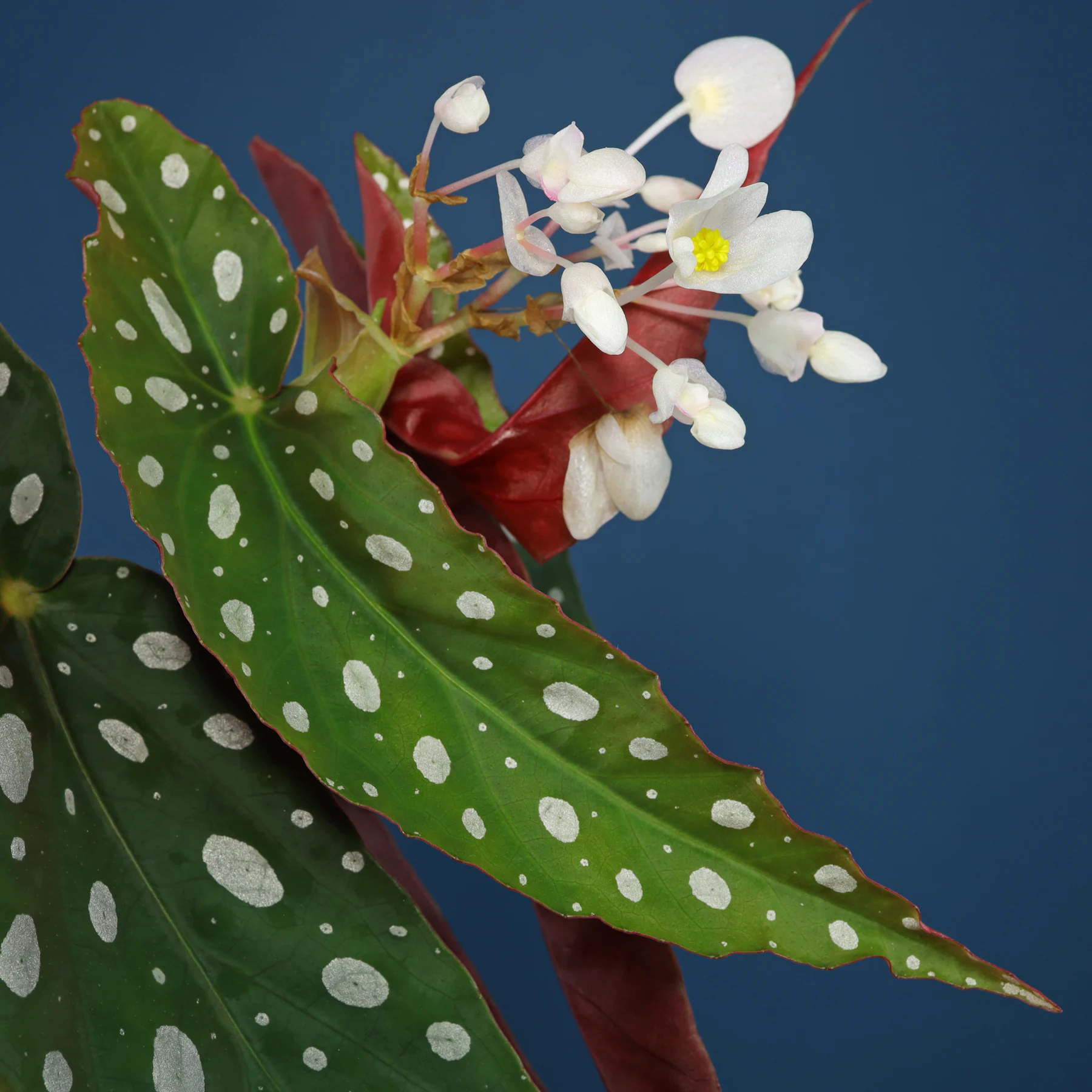
Compared to the popular balcony begonias, the polka dot begonia can be described as lazy in flowering. On the other hand, its leaves are covered with elegant white spots. This may be one reason why it is so popular as an indoor plant at the moment.
Aloe maculata (zebra aloe, soap aloe)

The leaves of Aloe maculata are also dotted. This native to South Africa plant is known as zebra aloe or soap aloe. Its sap is or was used to make soap.
Lamium maculatum (spotted deadnettle, spotted henbit)
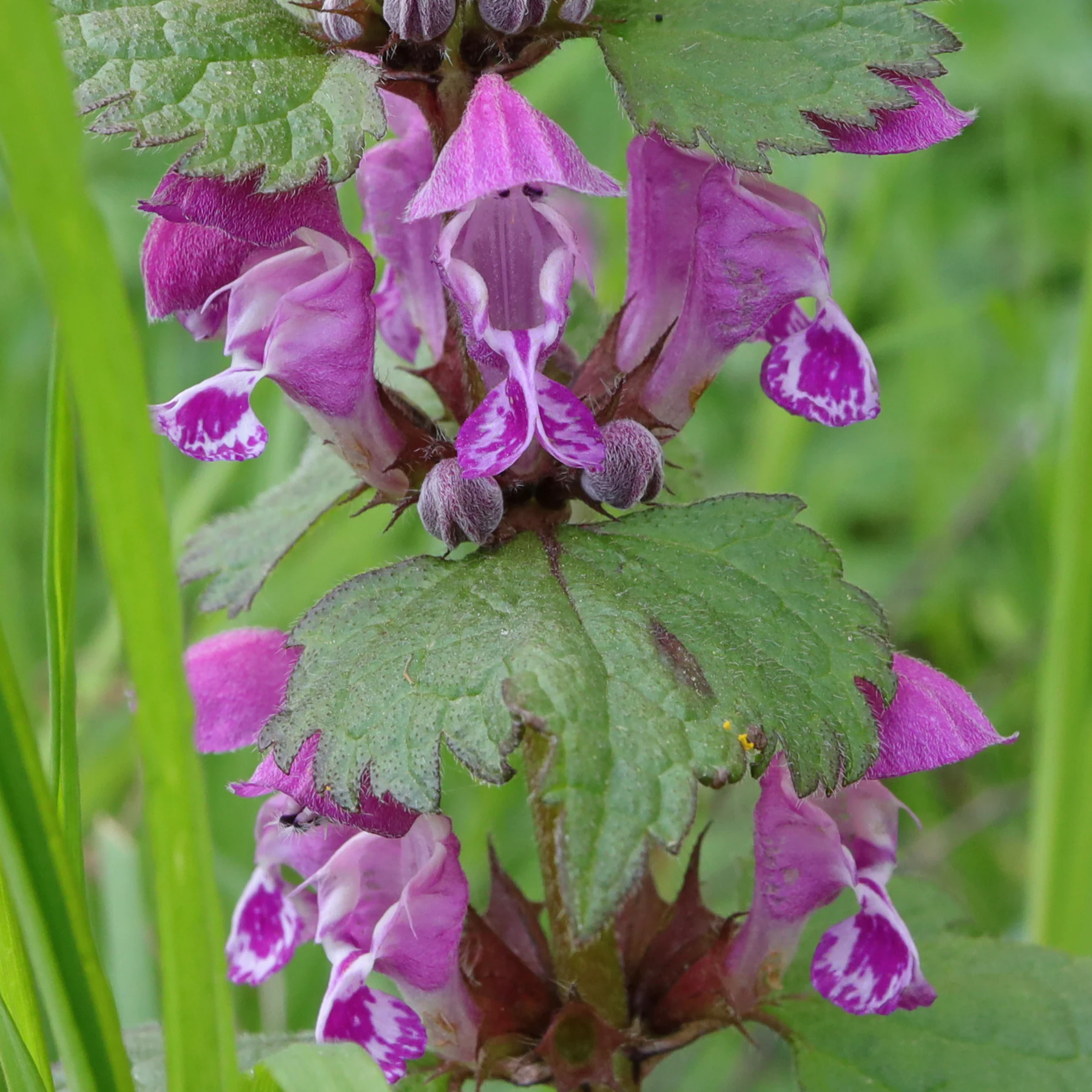
The “maculatum” in the botanical name of the spotted deadnettle does not refer to the leaves, but to the spotted lower lip of the flower. However, its leaves can also be spotted or coloured. Some cultivars are available, with silvery or striped leaves.

Elaeagnus pungens “Maculata” (thorny olive, spiny oleaster)
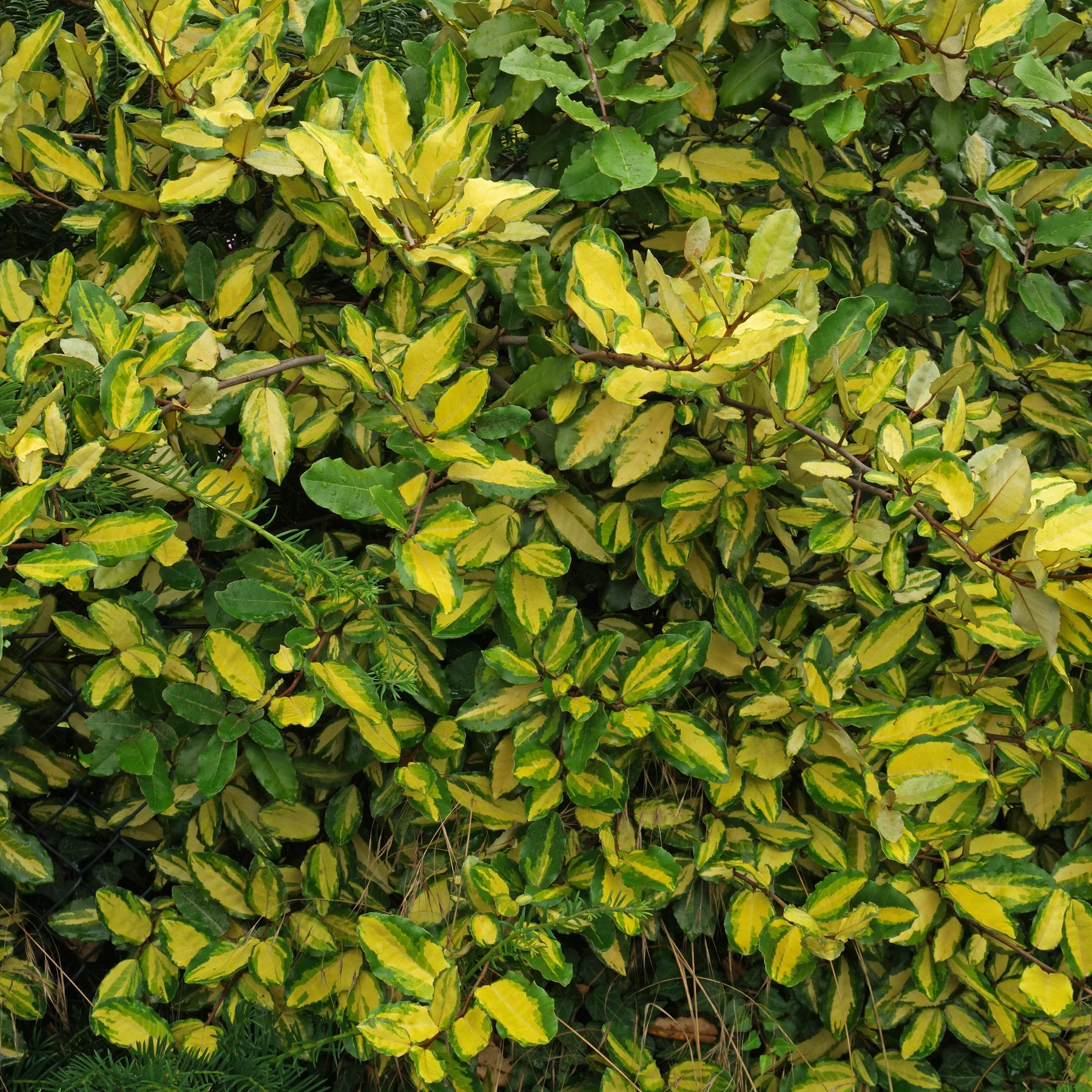
Elaeagnus pungens “Maculata” is not a naturally occurring species, it is a cultivar. The leaves of the wild type are dark green in colour.
As can be seen in the picture, however, unicoloured leaves similar to those of the wild type can also appear on these variegated varieties.
Arum maculatum (wild arum)

The leaves of Arum maculatum can be covered with dark spots. The emphasis is on can, because here in the region we only see plants with pure green foliage.
Which is why I bought the spotted form and potted it up. Although the plant is considered quite poisonous, the snails in my garden liked it so much that they ate it completely.
The purpose of pot culture was to protect Arum maculatum from slugs. I will have to work on that.
Lotus maculatus (golden parrot’s beak)

In the case of Lotus maculatus, the species name refers to the colouring of the flowers. The plant, which belongs to the legume family, is native to Tenerife.
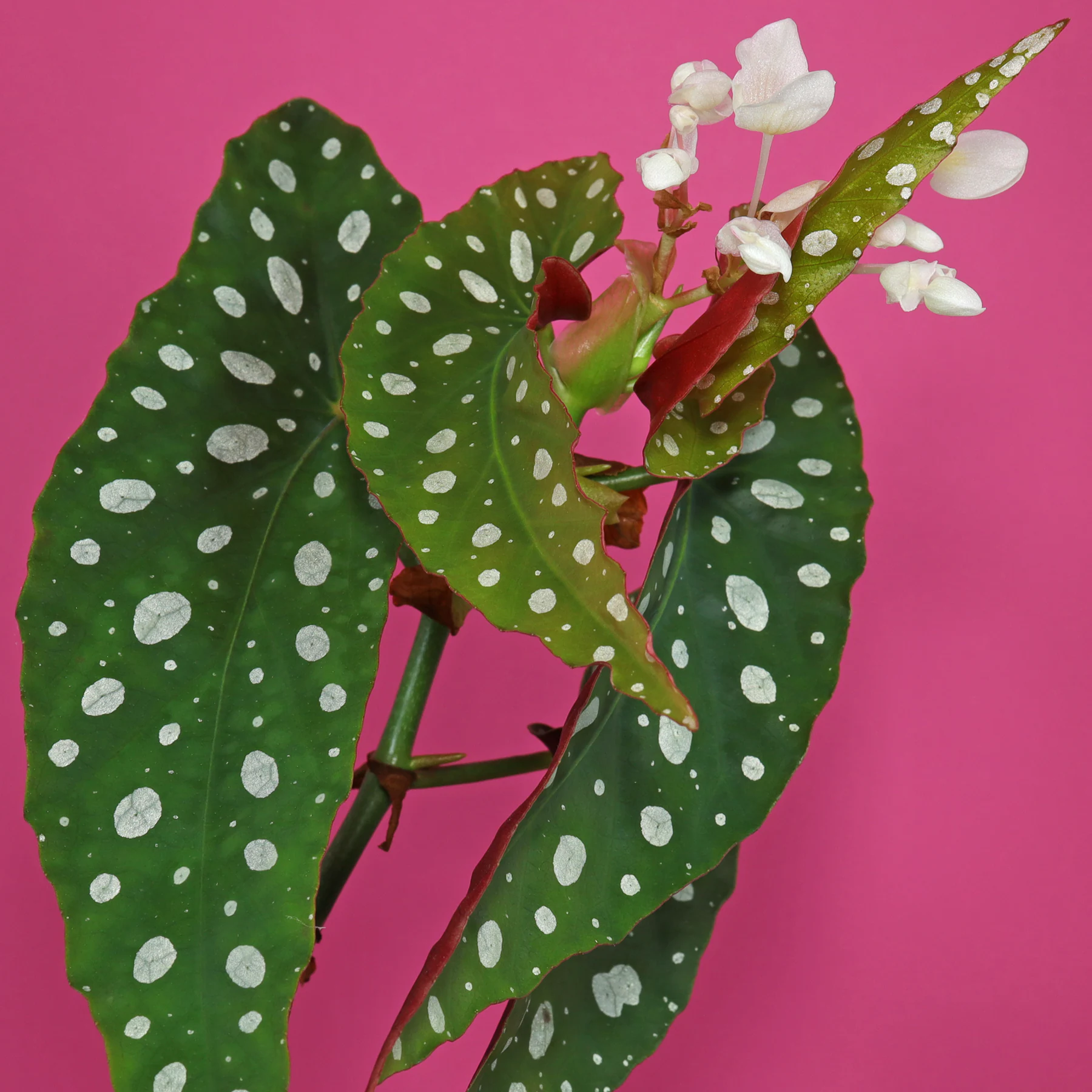
 Basil: a brief introduction
Basil: a brief introduction Bird’s-Foot Trefoil
Bird’s-Foot Trefoil Black Horehound
Black Horehound Black Locust: a brief introduction
Black Locust: a brief introduction Chickpea
Chickpea Cryptocoryne (water trumpets)
Cryptocoryne (water trumpets) Fenugreek Sprouts
Fenugreek Sprouts Gasteria: a brief introduction
Gasteria: a brief introduction Grass pea
Grass pea How to care for Philodendron micans
How to care for Philodendron micans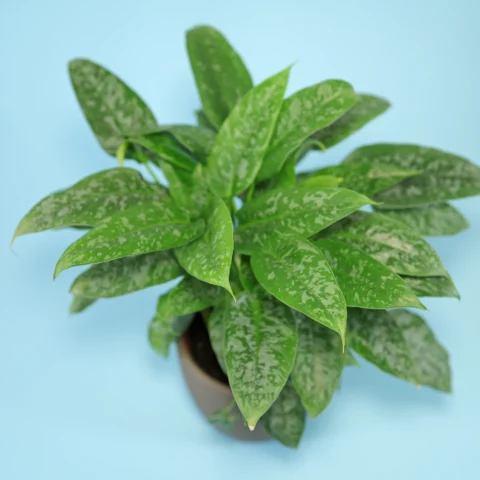 How to care for Schismatoglottis scortechinii (drop tongue plant)
How to care for Schismatoglottis scortechinii (drop tongue plant) How to care for the Tiger Tooth Aloe
How to care for the Tiger Tooth Aloe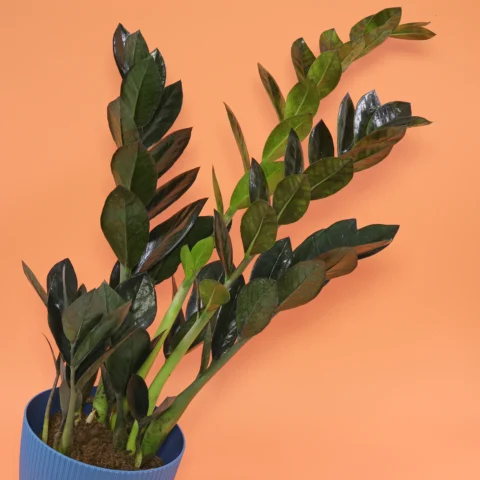 How to care for Zamioculcas zamiifolia “Raven”
How to care for Zamioculcas zamiifolia “Raven” How to grow and care for Oregano
How to grow and care for Oregano How to soak beans
How to soak beans Lentil Sprouts
Lentil Sprouts Red Clover
Red Clover Red Clover
Red Clover Sage: a brief introduction
Sage: a brief introduction Spotted Dead-Nettle
Spotted Dead-Nettle What are beans?
What are beans?